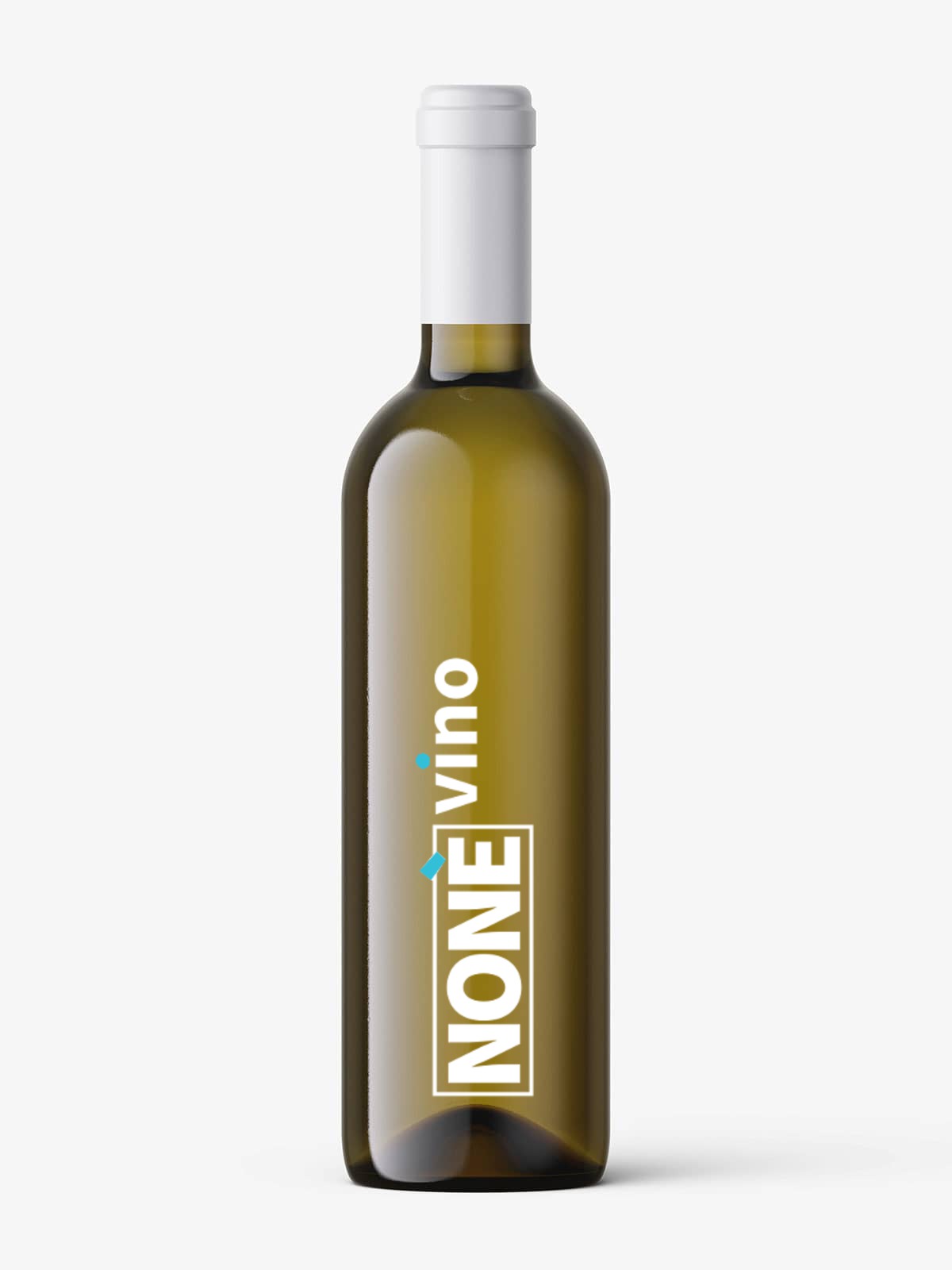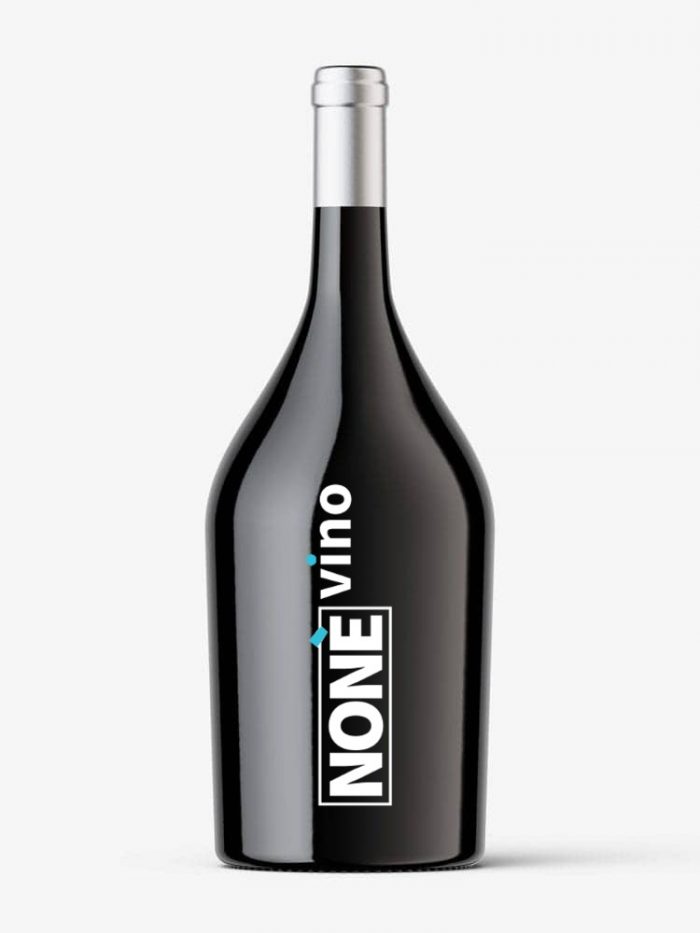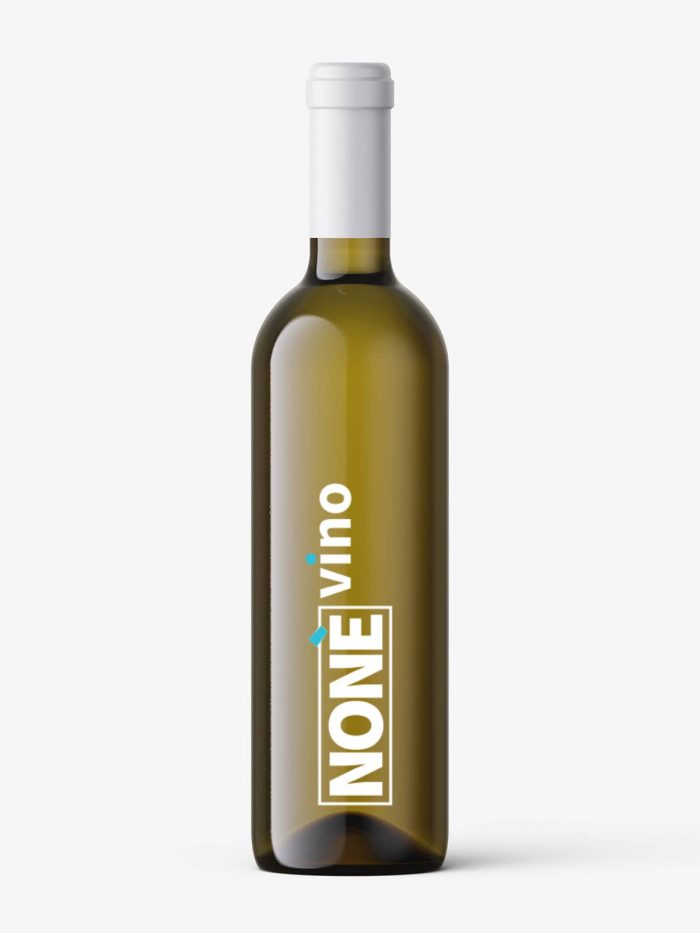The geographical area dedicated to the production of DOC Melissa wine is located in central Calabria, in the area between the coast of the Ionian coast and the hilly hinterland up to the first slopes of the Sila.
The Melissa DOC Wine Production Area is located in:
– province of Crotone and includes the territory of the municipalities of Melissa, Belvedere Spinello, Carfizzi, San Nicola dell’Alto, Umbriatico and, in part, the territory of the municipalities of Casabona, Castel Silano, Crotone, Pallagorio, Rocca di Neto, Scandale, San Mauro Marchesato, Santa Severina and Strongoli.
During the vinification phases, only loyal and constant oenological practices of the area are allowed, suitable to give the wines their particular quality characteristics.
The oenological winemaking practices of Melissa DOC wines include, among other things, that:
– The maximum yield of grapes in DOC Melissa wine must not exceed 70%.
Among other things, the winemaking oenological practices require that the wine subjected to aging for at least 24 months can bear the DOC denomination Melissa Rosso Superiore on the label.
A legend tells that Melisso or Melisséo, a Cretan prince following Minos in Sicily, after the death of his king, takes to the sea again and, beaten by the waves along the Calabro-Ionian coast, arrives in that district, which from the colony he founded is precisely called Melissa. Here his subjects, dedicated to agriculture and already very experienced in the art of cultivating the vine, transform the countryside, which is very fertile, into lush vineyards from which they obtain a very delicious wine for its goodness and refinement, of taste.
In Roman times Melissa returned to the headlines by Ovid who remembers her in the “Metamorphoses” as a pleasant place, full of vineyards, not far from Crotone.
Legend and history therefore allow us to deduce that since very remote times, Melissa had a long tradition to which both the farmers and the Melissesi wine producers have remained faithful.
Melissa wine gets more and more flattering appreciations so much that, also in view of possible substantial economic results, they push Mr. Mario Bruni, gifted with resourcefulness and spirit of initiative, to attempt a judgment on “Melissa”. And so in 1934 for the first time a bottle of wine bearing the “Melissa” label was presented at the third national agricultural exhibition in Florence where he obtained his first official qualification diploma with a gold medal.
Thus begins the rise of the typical Melissese agricultural product that will soon be on the market with the DOC appellation.
This large production of wine with a controlled designation of origin has allowed the municipal administration to join, for some years now, in the association of the “Wine Cities”, which is based in Siena, at the national wine shop.
For this wine, in the course of its long history, innovative processes have been triggered by man to improve and refine remarkable production.
This activity, while passing on traditional cultivation techniques with the various generations, has allowed us to modernize production techniques in a commendable way starting from the vineyards and passing through the cellars and arriving at an aggressive and modern marketing. This evaluation makes the Cirotana viticulture, a cornerstone of the territorial economy, one of its macroeconomic orientation points, both for the quality and caliber of the agri-food symbol it bears, and for the role of intersection with the rural environment.
The Melissa DOC wine obtained the recognition of the Controlled Designation of Origin on May 31, 1979.







